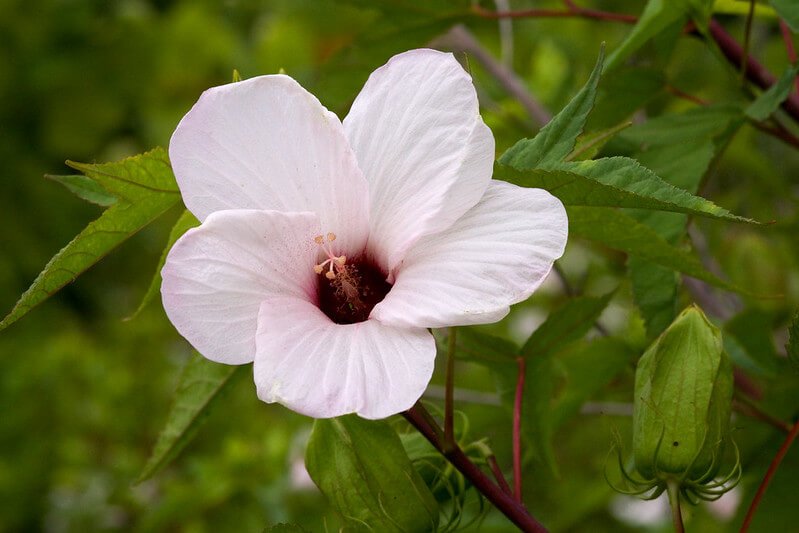Life Cycle: Perennial
Sun Exposure: Full, Light Shade
Soil Moisture: Medium-wet, Medium-dry, Dry
Height: 25 to 50 feet
Plant Spacing: 20-30 feet
Bloom Time: April-May
Bloom Color: Yellowish
Advantages: Caterpillar Favorite, Deer Resistant
Host: Mourning Cloak, Polyphemus, Luna Moth, and 83 other species of butterflies and moths use this as a caterpillar host plant in our area (nwf.org)









